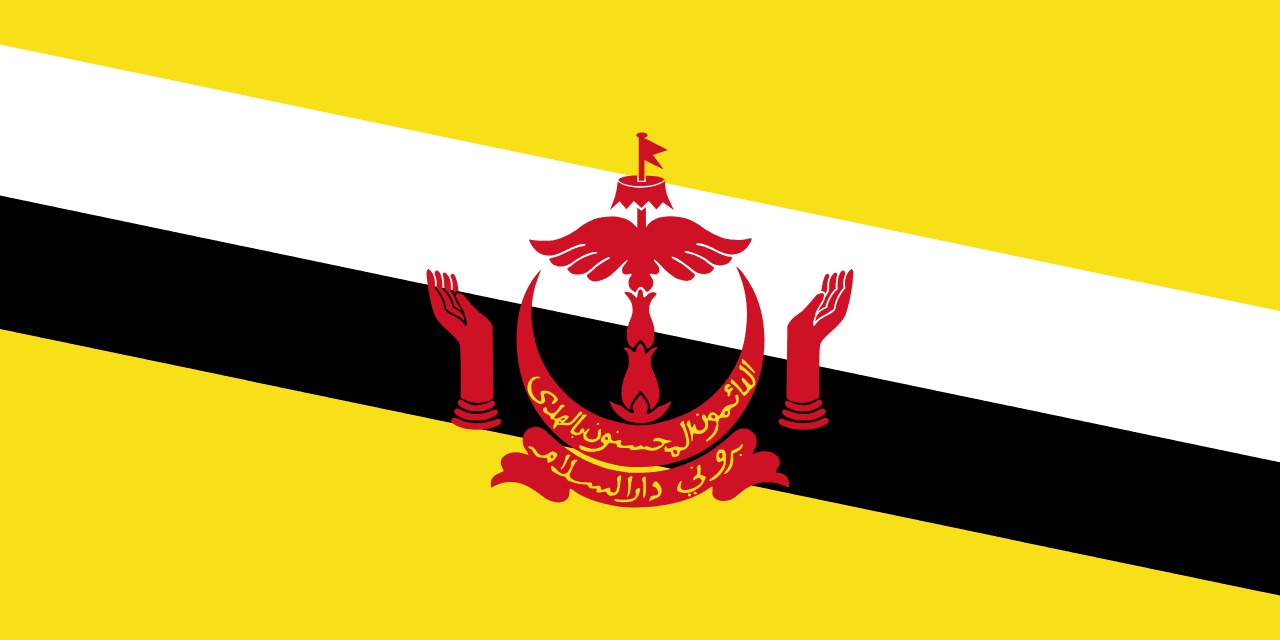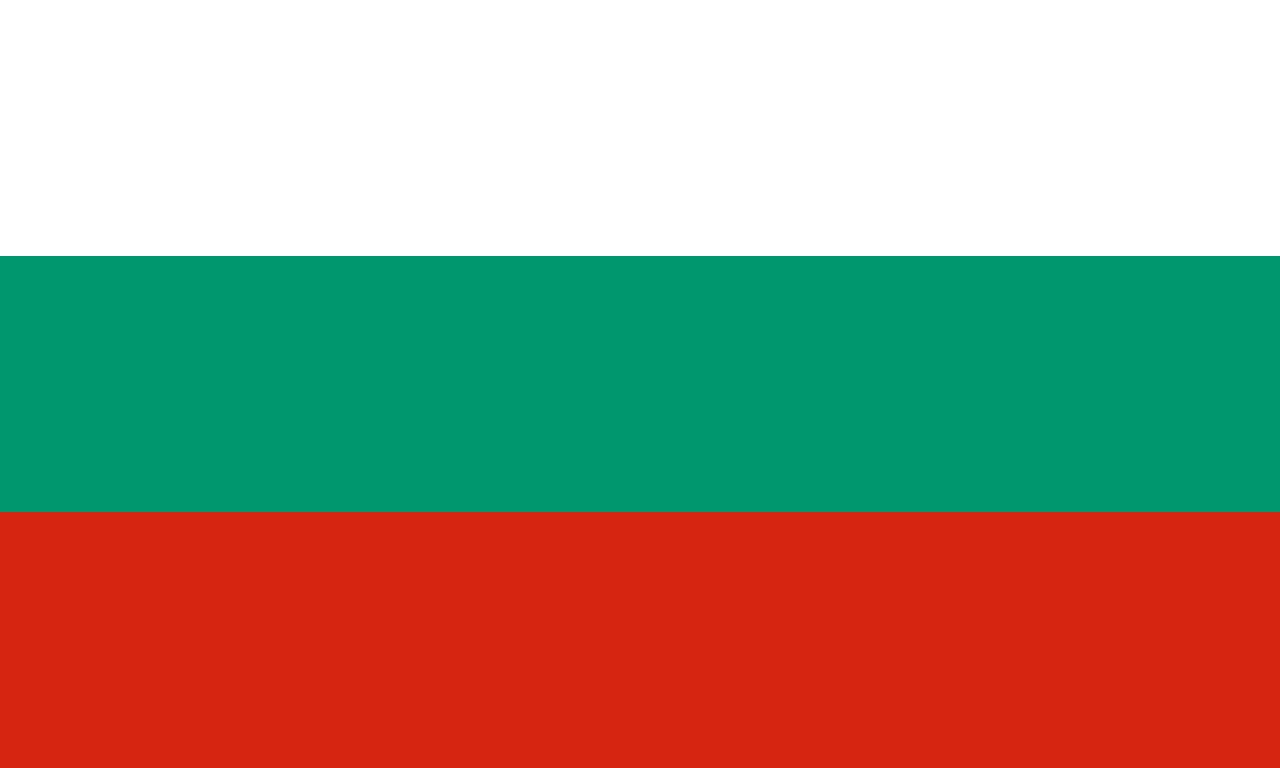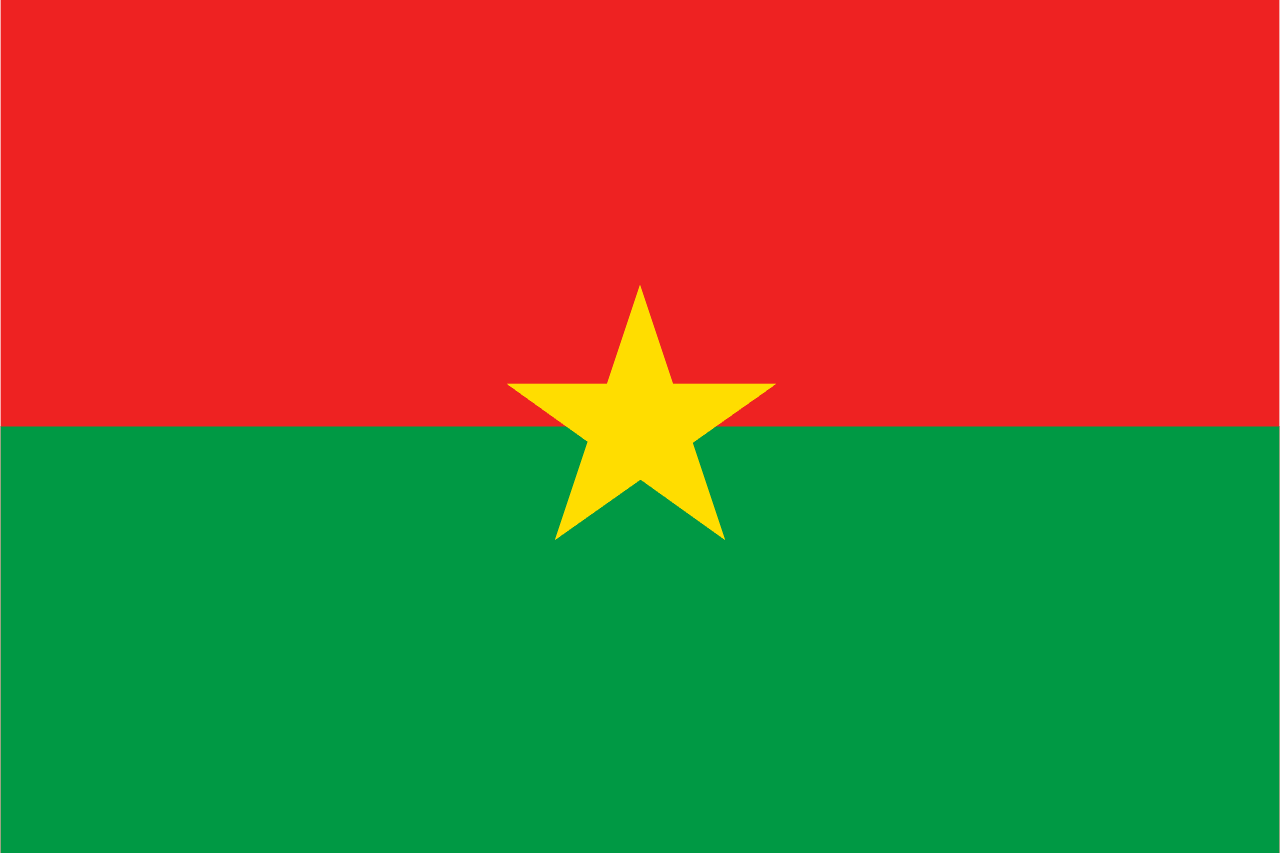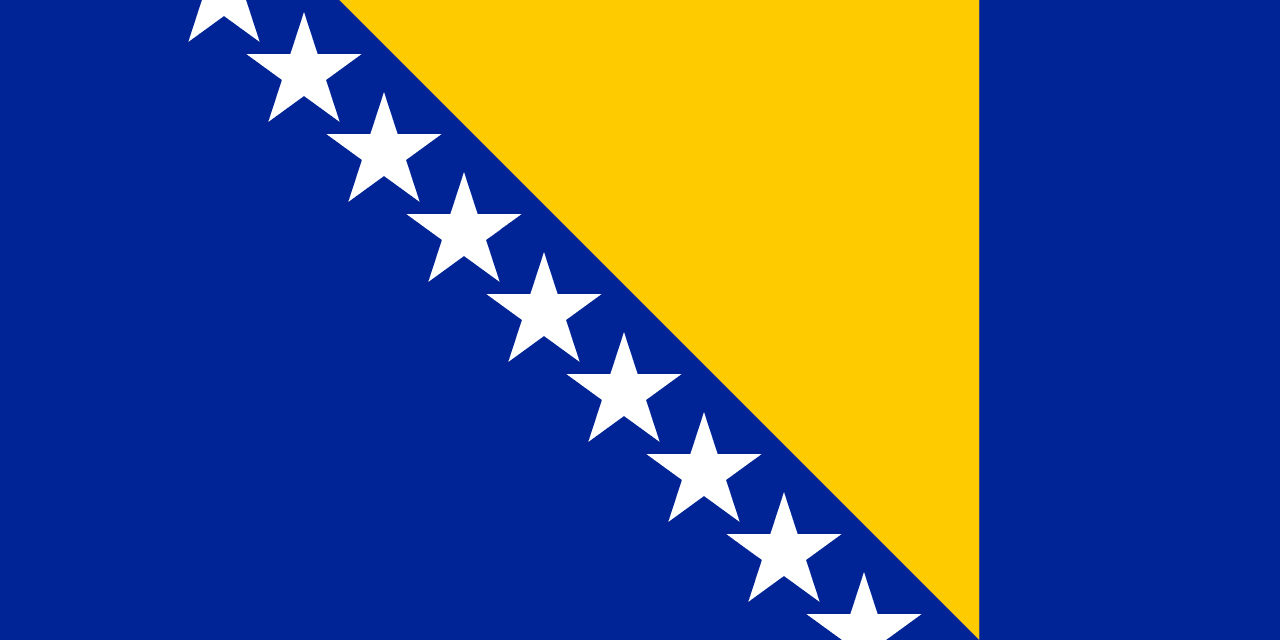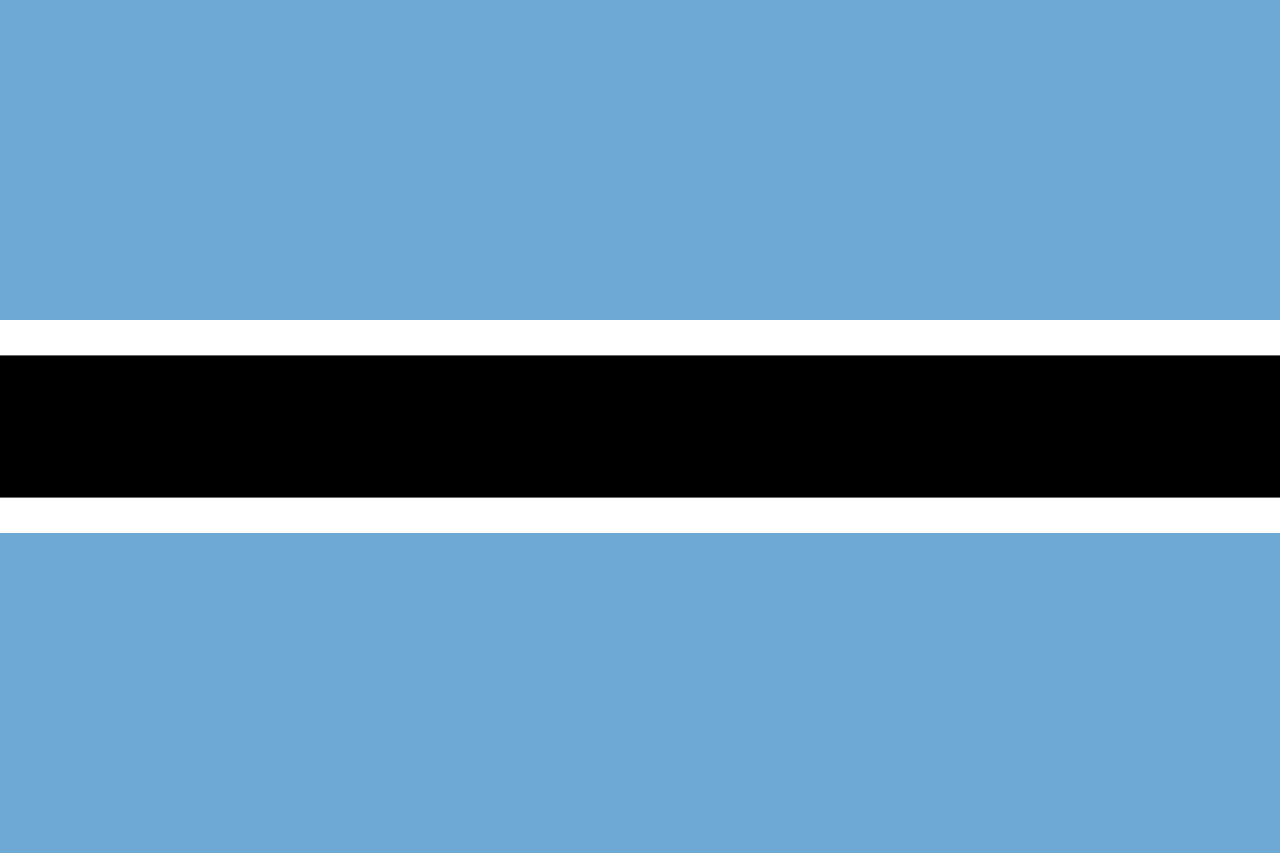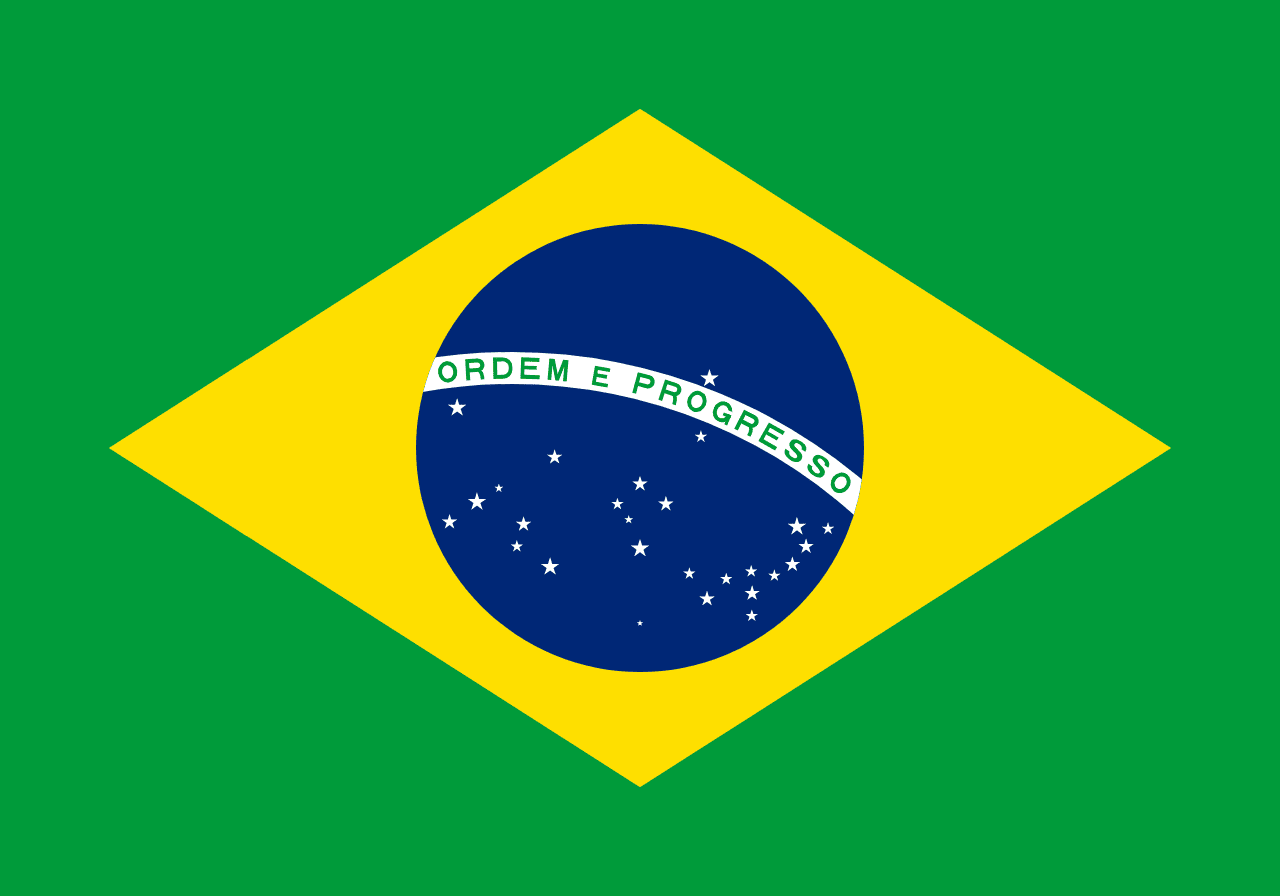The flag of the British Virgin Islands is a distinctive emblem that reflects the territory's status as a British Overseas Territory while incorporating elements that represent its unique identity and heritage. It features a blue ensign with the Union Jack in the upper hoist-side quadrant (canton) and the coat of arms of the British Virgin Islands on the fly side of the blue field.
British Virgin Islands information
| National Flag Day | — |
| Sovereign state | No |
| Official name | British Virgin Islands |
| Capital | Road Town |
| Population | 31,196 |
| Area | 151 km² |
| Currency | United States dollar (USD) |
| Language | English |
| Continent | North America |
| Region | Caribbean |
| Subregion | Lesser Antilles |
| Borders | — |
| Timezone | Atlantic Standard Time (AST) UTC-4 |
| Calling code | +1-284 |
| Top-level domain | .vg |
History of the British Virgin Islands Flag
 The current flag of the British Virgin Islands was officially adopted on November 15, 1960. Prior to this, the territory used the standard British Blue Ensign without any distinguishing features. The adoption of a unique flag coincided with the granting of additional autonomy to the British Virgin Islands within the British Empire.
The design of the flag follows the pattern established for British territories in the late 19th and early 20th centuries, featuring the Blue Ensign with a distinctive badge or coat of arms. This design approach allowed for easy identification of British territories while also recognizing their individual identities.
The current flag of the British Virgin Islands was officially adopted on November 15, 1960. Prior to this, the territory used the standard British Blue Ensign without any distinguishing features. The adoption of a unique flag coincided with the granting of additional autonomy to the British Virgin Islands within the British Empire.
The design of the flag follows the pattern established for British territories in the late 19th and early 20th centuries, featuring the Blue Ensign with a distinctive badge or coat of arms. This design approach allowed for easy identification of British territories while also recognizing their individual identities.
Symbolism and Design of the British Virgin Islands Flag
The flag's design combines elements that represent both British sovereignty and the unique identity of the British Virgin Islands:
- The blue field of the ensign represents the sea surrounding the islands and the territory's maritime heritage.
- The Union Jack in the canton symbolizes the British Virgin Islands' status as a British Overseas Territory and its historical ties to the United Kingdom.
- The coat of arms on the fly side features several symbolic elements:
- Saint Ursula, the patron saint of the British Virgin Islands, holding a lamp
- Eleven lamps surrounding Saint Ursula, representing the 11,000 virgins who, according to legend, were martyred with her
- A green background, symbolizing the lush vegetation of the islands
- The motto "Vigilate" (Be Watchful) at the bottom of the coat of arms
Usage and Significance of the British Virgin Islands Flag
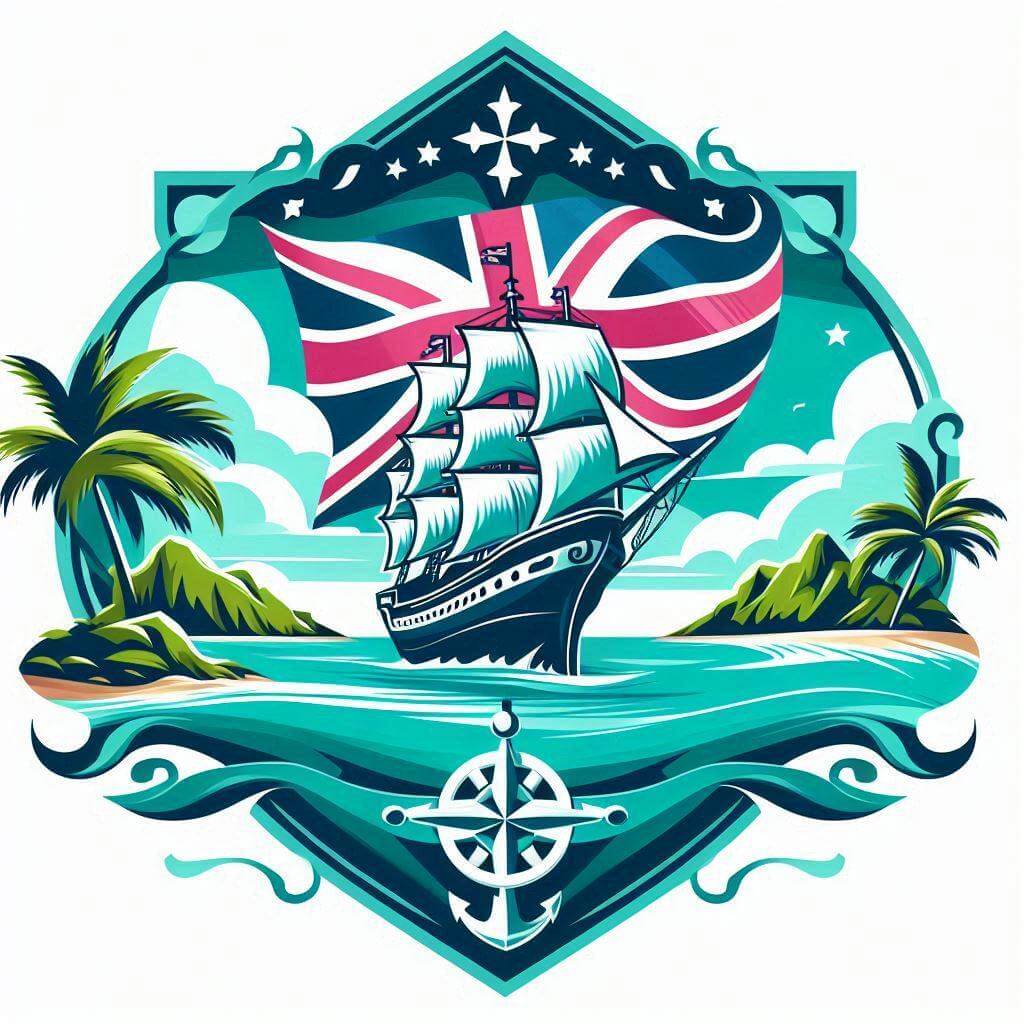 The flag of the British Virgin Islands serves as an important symbol of the territory's identity and governance. It is flown on government buildings, schools, and other official locations throughout the islands. The flag is also displayed on ships registered in the British Virgin Islands, serving as a maritime ensign.
During national celebrations and public events, the flag plays a central role in representing the unity and identity of the British Virgin Islands. It is prominently featured during the Territory Day celebrations on November 1st, which commemorates the islands' first constitution and the establishment of the Legislative Council in 1950.
The flag also represents the British Virgin Islands in international contexts, such as regional Caribbean meetings and events where British Overseas Territories are represented separately from the United Kingdom.
The flag of the British Virgin Islands serves as an important symbol of the territory's identity and governance. It is flown on government buildings, schools, and other official locations throughout the islands. The flag is also displayed on ships registered in the British Virgin Islands, serving as a maritime ensign.
During national celebrations and public events, the flag plays a central role in representing the unity and identity of the British Virgin Islands. It is prominently featured during the Territory Day celebrations on November 1st, which commemorates the islands' first constitution and the establishment of the Legislative Council in 1950.
The flag also represents the British Virgin Islands in international contexts, such as regional Caribbean meetings and events where British Overseas Territories are represented separately from the United Kingdom.
Interesting Facts About the British Virgin Islands Flag
- The British Virgin Islands is one of the few territories that uses a full coat of arms on its flag, rather than a simplified badge or emblem.
- The legend of Saint Ursula and the 11,000 virgins is believed to have inspired Christopher Columbus to name the islands "Las Once Mil Vírgenes" (The Eleven Thousand Virgins) when he discovered them in 1493.
- The motto "Vigilate" (Be Watchful) on the coat of arms is particularly appropriate for a territory with a strong maritime tradition, emphasizing the need for vigilance at sea.
- In addition to the territorial flag, the British Virgin Islands also uses the Union Jack for certain official purposes, particularly those relating to the British monarchy.
- The flag's design has remained unchanged since its adoption in 1960, reflecting the stability of the territory's governance and its relationship with the United Kingdom.
